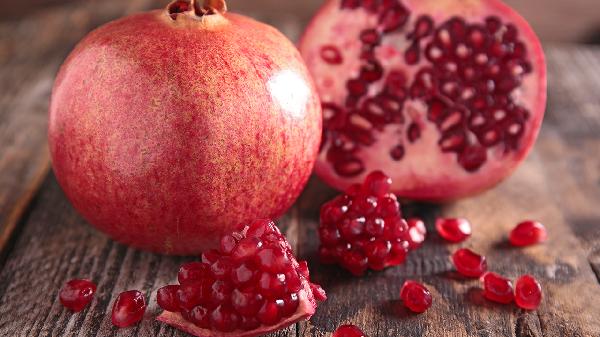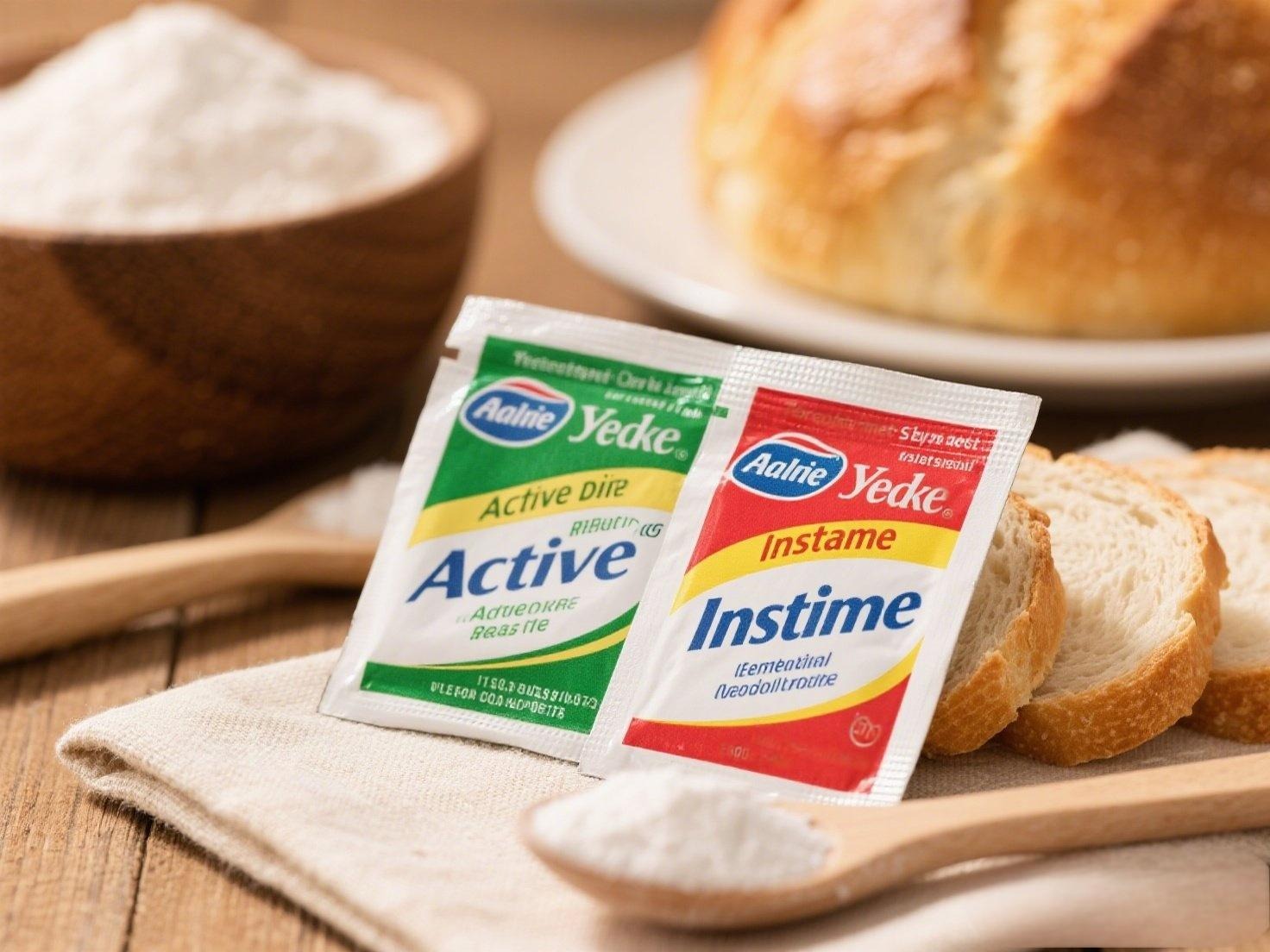Pomegranate is a delicious, juicy, and nutrient-rich fruit, often hailed as the "king of fruits." However, while pomegranates are packed with various nutrients, there are also some dietary precautions to keep in mind. In this article, we will delve into the nutritional value of pomegranates and the correct ways to consume them, helping readers better understand how to enjoy this tasty fruit.

1. Nutritional Value of Pomegranates
1. Rich in Vitamin C: Pomegranates are an excellent source of vitamin C, which helps boost the immune system, enhance iron absorption, and protect cells from oxidative damage.
2. Abundant in Antioxidants: Pomegranates are rich in polyphenols, such as anthocyanins and flavonoids, which have strong antioxidant effects that help prevent diseases and combat aging.
3. Provides Fiber: Pomegranates are high in dietary fiber, which promotes digestive health, regulates blood sugar, and helps maintain cholesterol levels.
4. Contains Vitamin K: Pomegranates also contain vitamin K, which aids in blood clotting and bone health.
5. Low in Calories: Despite their sweet taste, pomegranates are low in calories, making them a great addition to a healthy diet.
2. Precautions When Eating Pomegranates
1. Eat with Caution: Pomegranate seeds are hard, and not chewing them thoroughly can lead to choking. Therefore, eat carefully and chew slowly.
2. Avoid During Pregnancy: Pregnant women should avoid eating too many pomegranates as they are considered cooling in nature and may cause fetal restlessness.
3. Avoid for Those with Cold Stomachs: Pomegranates are cooling, so people with cold stomachs should eat them sparingly or avoid them altogether.
4. Avoid for Those with Mouth Ulcers: Pomegranates are highly acidic and can irritate the oral mucosa, worsening mouth ulcers. Therefore, those with mouth ulcers should eat them with caution.
3. Correct Ways to Eat Pomegranates
1. Peeling Method: Cut the pomegranate open, gently peel off the skin, and then use your fingers to pick out the seeds for consumption.
2. Shelling Method: Use a knife to make a small cut at the top of the pomegranate, then divide it into sections and use your fingers or a spoon to squeeze out the seeds.
3. Juicing: Peel the pomegranate, cut it into chunks, and put it into a juicer to extract the juice. You can drink it directly or use it to make beverages or fruit juices.
4. How to Choose High-Quality Pomegranates
1. Appearance: Choose pomegranates that are plump, brightly colored, and have smooth, blemish-free skin.
2. Weight: Pick up the pomegranate and feel its weight; a moderate weight indicates that the fruit is juicy.
3. Sound: Gently shake the pomegranate; if you hear the seeds rolling inside, it means the fruit is fresh.
Conclusion
Pomegranates are a nutritious and delicious fruit that, when consumed in moderation, can be beneficial to health. However, due to their abundant seeds and certain dietary precautions, it's important to pay attention to the correct methods and quantities of consumption. Choosing high-quality pomegranates and being mindful of these precautions can help you better enjoy the nutritional benefits and deliciousness of this fruit. We hope this article provides valuable information to help readers better understand and correctly consume this delightful fruit.
Previous Article: What Are the Benefits of Eating Corn Regularly? Which 5 Types of People Should Eat Less?
Next Article: Can Eating Chicken Liver Nourish the Liver? What Changes Will Occur in the Body from Long-Term Consumption of Chicken Liver?
Tags: Eat Freely, Nutritional Value, Pomegranate
























